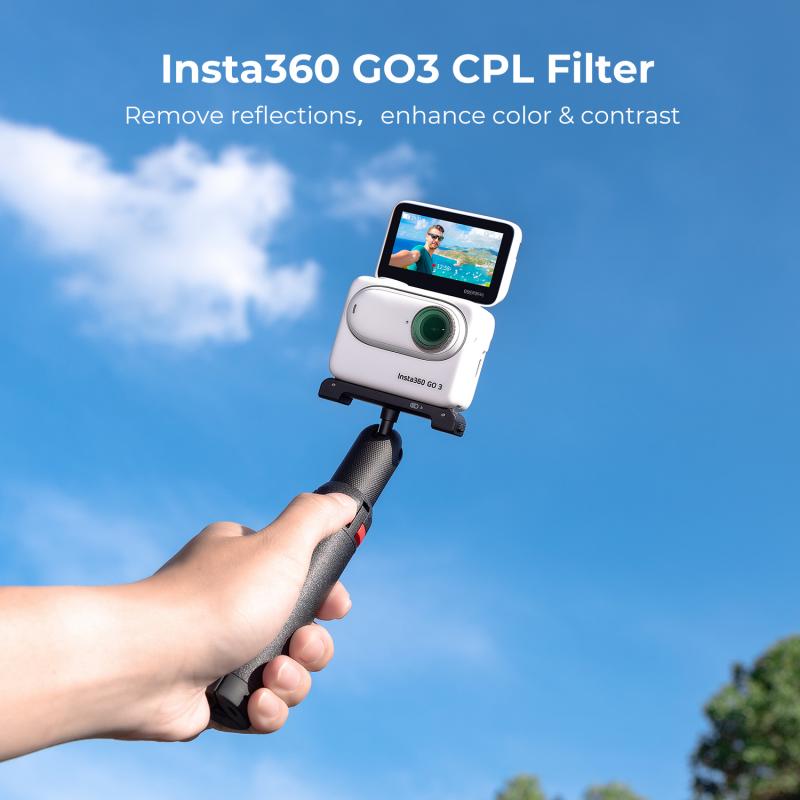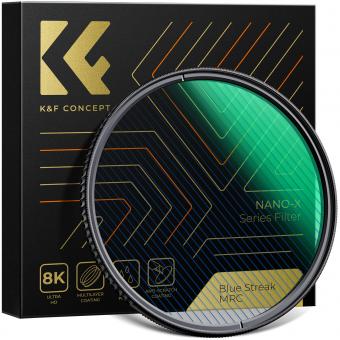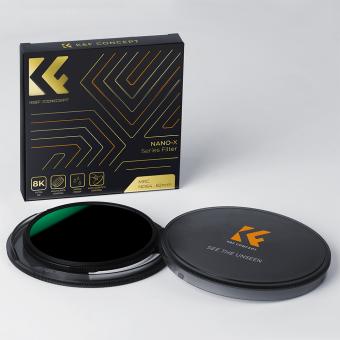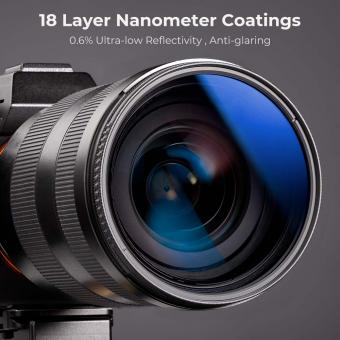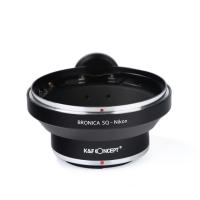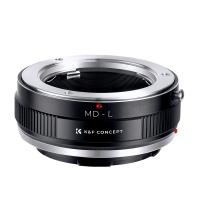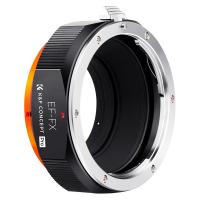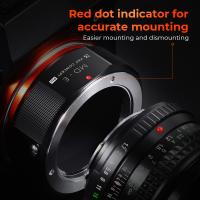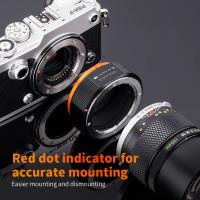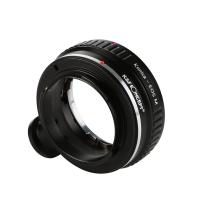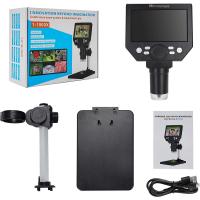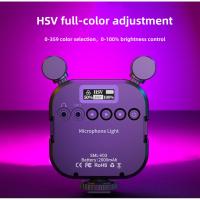What Are Polarizing Filters ?
Polarizing filters are optical filters that are used in photography and cinematography to reduce glare and reflections from non-metallic surfaces. They work by selectively blocking certain polarized light waves while allowing others to pass through. This helps to enhance color saturation, improve contrast, and increase overall image clarity. Polarizing filters are commonly used in landscape photography to darken skies, reduce reflections on water or glass, and bring out the details in foliage. They can also be used to minimize reflections on shiny surfaces such as car bodies or windows. Polarizing filters are typically attached to the front of a camera lens and can be rotated to adjust the amount of polarization effect desired.
1、 Definition and Function of Polarizing Filters
Polarizing filters, also known as polarizers, are optical filters that are commonly used in photography and cinematography to control and manipulate the polarization of light. They are made up of a special material that allows only light waves vibrating in a specific direction to pass through while blocking light waves vibrating in other directions.
The primary function of polarizing filters is to reduce or eliminate glare and reflections from non-metallic surfaces such as water, glass, and foliage. When light reflects off these surfaces, it becomes polarized, meaning the light waves vibrate in a specific direction. By using a polarizing filter, photographers can selectively block these polarized light waves, resulting in reduced glare and enhanced color saturation.
Additionally, polarizing filters can also enhance the contrast and clarity of images by reducing atmospheric haze. When light passes through the Earth's atmosphere, it scatters in all directions, causing a loss of contrast and detail in distant objects. By using a polarizing filter, photographers can selectively block the scattered light waves, resulting in a clearer and more vibrant image.
In recent years, polarizing filters have also gained popularity in the field of virtual reality (VR) and augmented reality (AR). By using polarizing filters in VR and AR displays, researchers have been able to improve the visual quality and reduce eye strain for users.
Overall, polarizing filters are essential tools for photographers and cinematographers to control and manipulate light, reducing glare, enhancing color saturation, and improving image clarity. With advancements in technology, the applications of polarizing filters continue to expand, offering new possibilities in various fields.

2、 Types of Polarizing Filters: Linear vs. Circular
Polarizing filters are optical filters that are commonly used in photography and cinematography to control and manipulate the polarization of light. They are designed to block or allow specific polarized light waves to pass through, resulting in various effects on the final image.
There are two main types of polarizing filters: linear and circular. Linear polarizing filters are the traditional type and work by blocking light waves that are vibrating in a specific direction. They are commonly used in applications such as reducing glare from reflective surfaces, enhancing color saturation, and improving contrast in outdoor photography. However, linear polarizing filters can cause issues with certain autofocus and metering systems in modern cameras, as they can interfere with the way light is reflected and detected by the camera's sensors.
Circular polarizing filters, on the other hand, are a more advanced version of linear polarizing filters. They consist of a linear polarizer combined with a quarter-wave plate, which converts the linearly polarized light into circularly polarized light. Circular polarizing filters are designed to overcome the autofocus and metering issues associated with linear polarizers, making them more suitable for use with modern cameras. They provide similar benefits as linear polarizing filters, such as reducing glare and enhancing color saturation, while also ensuring compatibility with autofocus and metering systems.
It is important to note that the term "circular" in circular polarizing filters does not refer to the shape of the filter itself, but rather to the polarization of the light waves. Circular polarizing filters are still round in shape, just like linear polarizing filters.
In recent years, there has been some debate about the necessity of circular polarizing filters in the age of digital photography. Some argue that linear polarizing filters can still be used effectively with modern cameras, while others believe that circular polarizing filters are essential for optimal performance and compatibility. Ultimately, the choice between linear and circular polarizing filters depends on the specific camera and shooting conditions, as well as personal preference.

3、 How Polarizing Filters Reduce Glare and Reflections
Polarizing filters are optical devices that are commonly used in photography and cinematography to reduce glare and reflections. They work by selectively blocking certain polarized light waves while allowing others to pass through. This filtering process helps to enhance the overall clarity and contrast of an image by reducing unwanted reflections and glare.
When light reflects off a non-metallic surface such as water, glass, or foliage, it becomes polarized, meaning the light waves align in a specific direction. This polarized light can cause unwanted reflections and glare, which can significantly degrade the quality of an image. Polarizing filters are designed to block these polarized light waves, allowing only the desired light to pass through the lens.
By rotating the polarizing filter, photographers can adjust the amount of polarized light that is blocked, effectively controlling the level of glare and reflections in the final image. This allows for greater control over the overall composition and visual impact of the photograph.
In addition to reducing glare and reflections, polarizing filters also have the ability to enhance colors and improve overall image saturation. By blocking certain polarized light waves, these filters can help to bring out the natural colors and details in a scene, resulting in more vibrant and visually appealing photographs.
It is worth noting that polarizing filters work best when the light source is at a 90-degree angle to the subject being photographed. This means that they are particularly effective when shooting outdoors on sunny days or when capturing images of water or other highly reflective surfaces.
In recent years, there has been a growing interest in the use of polarizing filters for smartphone photography. Many smartphone manufacturers have started incorporating polarizing filters into their camera systems, allowing users to achieve similar glare-reducing effects without the need for additional accessories.
Overall, polarizing filters are a valuable tool for photographers and cinematographers, enabling them to reduce glare, enhance colors, and improve the overall quality of their images.

4、 Applications of Polarizing Filters in Photography and Videography
Polarizing filters are optical filters that are commonly used in photography and videography to control and manipulate the polarization of light. These filters consist of a material that can block or transmit light waves that are oriented in a specific direction.
The primary function of polarizing filters is to reduce or eliminate glare and reflections from non-metallic surfaces such as water, glass, and foliage. By selectively blocking the light waves that are reflected off these surfaces, polarizing filters can enhance the overall clarity and contrast of the image or video. This is particularly useful in landscape photography, where reflections from water or glass can often hinder the desired outcome.
Additionally, polarizing filters can also enhance the saturation and color vibrancy of the scene by reducing atmospheric haze. This is especially beneficial when shooting outdoor scenes, as the filter can help to bring out the true colors of the sky, clouds, and foliage.
In recent years, polarizing filters have also gained popularity in the field of astrophotography. By reducing the scattered light from the Earth's atmosphere, these filters can help to capture clearer images of celestial objects such as the moon and stars.
Furthermore, polarizing filters can be used creatively to achieve specific effects. For example, they can be used to create dramatic skies with enhanced cloud definition or to capture unique reflections in water or glass surfaces.
In conclusion, polarizing filters are essential tools for photographers and videographers, allowing them to control and manipulate light in various ways. From reducing glare and reflections to enhancing color saturation and contrast, these filters offer a range of applications that can greatly enhance the visual impact of images and videos.
